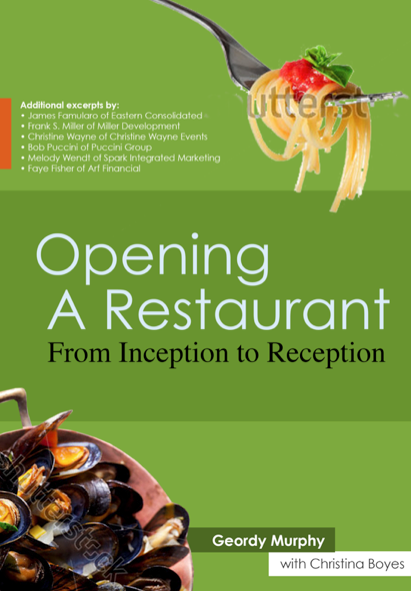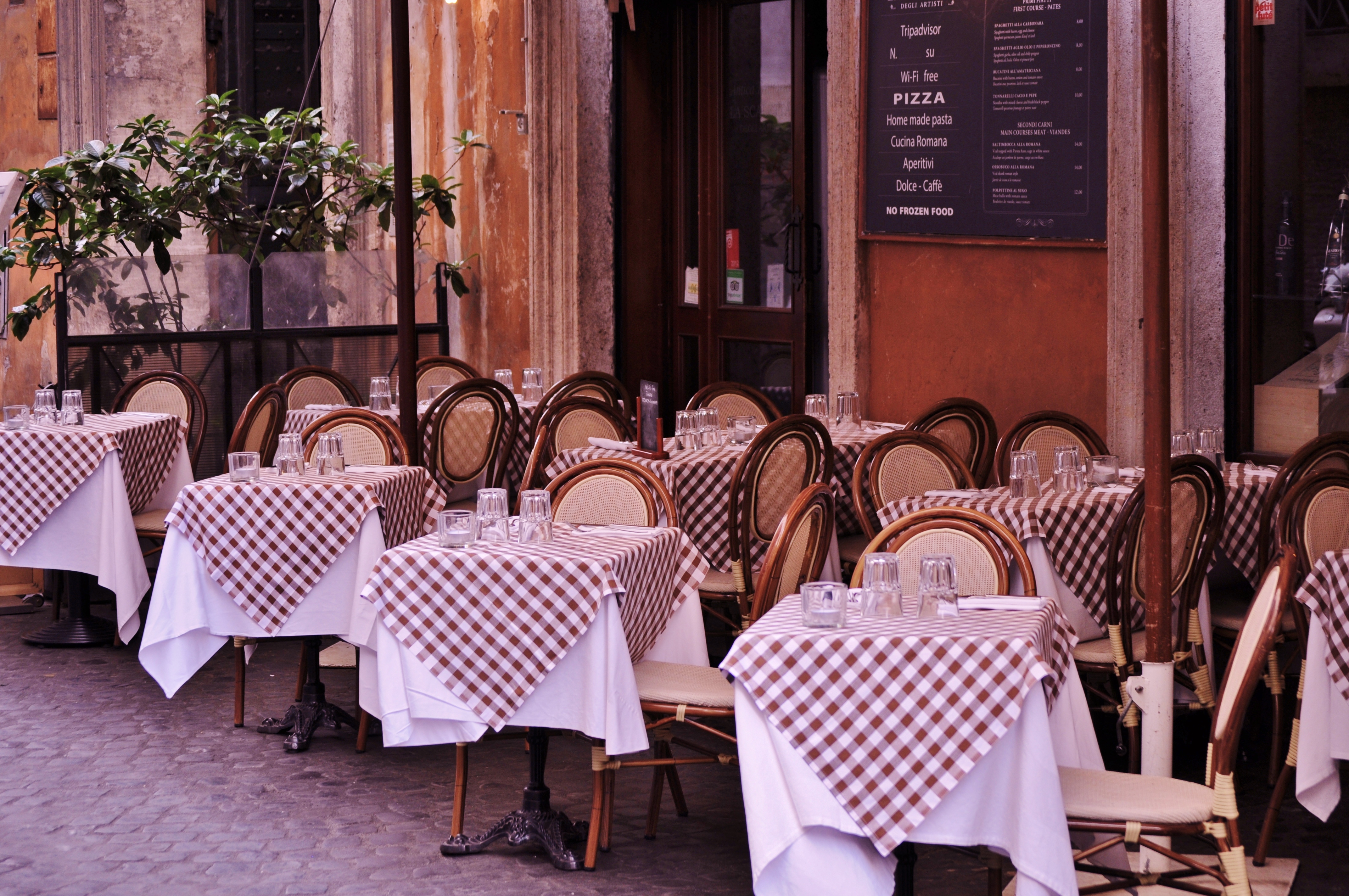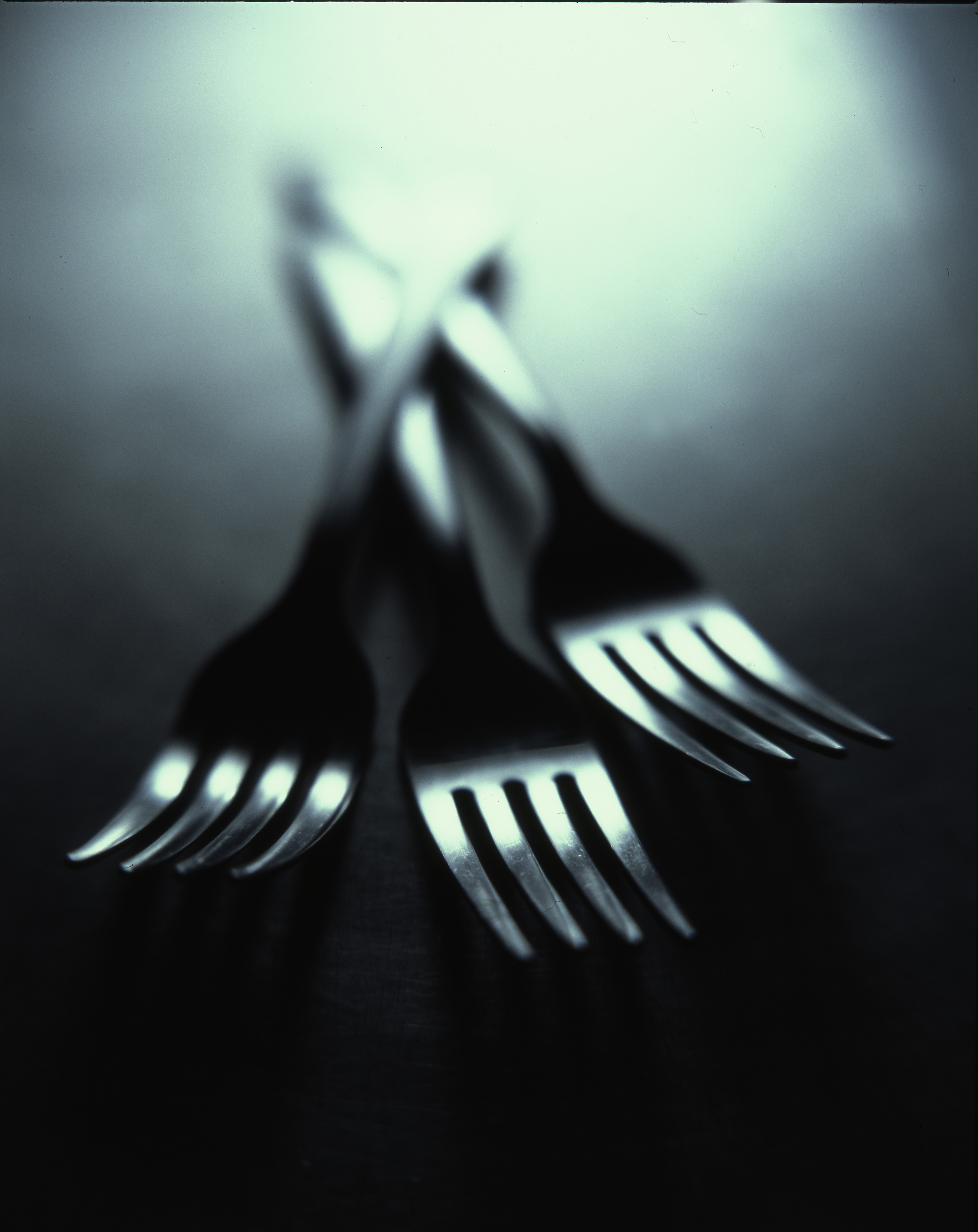From Dream to Reality: Designing Your Concept
8 Min Read By Geordy Murphy
Before you can open a restaurant, you need to have a clear idea of what type of place it will be. Will you serve sushi? Italian food? Chinese? Is your ideal atmosphere a gastro pub, or do you fantasize about a menu based on molecular gastronomy? Do you dream of a farm-to-table urban eatery?
The public has certain expectations when they enter a restaurant. You don’t expect to or- der a Caesar salad at a family-style Chinese restaurant, and you wouldn’t look for seared foie gras in a sushi restaurant.
So how do create your concept?
First, envision your ideal. Make sure that you can describe the restaurant in very short phrase. If you description is more than a few carefully chosen words, you may need to work a little harder at defining the concept.
What’s in a Name?
Naming your restaurant can help define the brand vision, and it’s not a task you should take lightly. Choose a handful of names that you think best match your concept. Test them by asking a group of people from your target demographic which name they feel best aligns with the idea you are trying to portray. I don’t recommend asking them yourself, however. There are survey companies that will tackle this task for you and have methods that prevent the introduction of an accidental bias into the results.
What Are You Opening?
The modern diner craves hundreds of flavors and the possibility of creating a successful concept for your eatery is high, but you need to know what you want to open. From food trucks to trattorias, the world of the dining facility is changing rapidly. Trends, themes, and flavors are often subject to whim, and the public’s preferences can change as quickly as clothing and exercise fads.
The idea of theme-based dining was once very popular, but poses a significant risk. If you create a concept around a theme, be careful not to go overboard. You’ll wind up with a concept that falls under the “been there, done that, didn’t bother with the T-shirt” category. That’s not the way to make a lasting impact on the restaurant industry or create a business that thrives.
Carefully conceptualize your idea and the amount of time and energy you are willing to invest in the business. A food truck may only require a few hours of your time each day, but running a successful restaurant may require that you work 16-20 hour days at the start. How much time are you willing to commit?
Next, consider the type of food you would like to serve. The frozen yogurt store, dessert bar, and pizzeria are examples of eateries with extremely limited menus and (often) little or no seating, but but they can thrive in the right places. Do you picture yourself operating a full-service restaurant, a small café, or a franchise? The answers to these questions will make a significant impact on how you proceed from inception to opening day. I believe in creating the circumstances necessary for good food, a profitable business, and a happy owner, and if the answers to your questions aren’t here, just ask me. I’ll gladly help you on the path to a successful career in the restaurant industry, no matter how large or small your operation is.
Pick Your Cuisine
Let’s go with a relatively simple and popular example. The American public loves Italian cuisine – pizzerias and trattorias number among the most popular eateries in the United States. The Italian cuisine sector isn’t limited to these types of restaurants, however. Northern Italian, Southern Italian, Coastal Italian, and Mediterranean with French influence are just a few of the many possibilities available to restaurateurs looking to open an “Italian” eatery.
If you choose to go the “American” route, are you looking at hot dogs and hamburgers, or sustainably sourced and produced dishes with a European pedigree and a New World flair?
 The public is fickle. They like what they are used to, or at least what they know to expect from a particular type of restaurant. As a restaurant owner, manager, or chef, your goal is to know your public. What will they eat? What do they love? What don’t they love yet that they would be willing to try? There are many ways to introduce new items to the public, but familiarity breeds comfort. If you decide to bring unknown foods into your menu, make sure to also offer items that are easily recognizable.
The public is fickle. They like what they are used to, or at least what they know to expect from a particular type of restaurant. As a restaurant owner, manager, or chef, your goal is to know your public. What will they eat? What do they love? What don’t they love yet that they would be willing to try? There are many ways to introduce new items to the public, but familiarity breeds comfort. If you decide to bring unknown foods into your menu, make sure to also offer items that are easily recognizable.
I’ve traveled the world in search of good food, and often found it. Unfortunately, the neg- ative experiences are the ones that tend to stick. Some chefs open eateries with the idea that the public should like their food on its own merit, because it is what the chef wants to cook. They don’t research the market, and they don’t necessarily care about public opinion – a fatal flaw. Restaurants that adopt this attitude soon close.
One example comes quickly to mind. I love food, but sitting at a bar in a restaurant that appeared promising, I found myself perplexed with the menu. Nothing – literally NOTHING – caught my attention. I was surprised. The chef is a household name and of excellent quality, but the menu was too far from the norm. Instead of being fun and experimental, it disconnected with the public. The result? That restaurant is now closed.
Location, Location, Location
Location is the most important factor in the real estate market, but you don’t need to examine the socioeconomics of a neighborhood strictly to get an idea of why it matters. You need to look at the food being served nearby, too.
Don’t open a gastro pub in front of one that is well-loved and established in a community. You’ll be setting yourself up for failure. No matter what you serve, it will always be compared to the other pub’s standard. Open in front of a failing gastro pub, and you’ll encounter a public that is disillusioned with the concept.
Competition is great. Good restaurants thrive on it. Just make sure that your restaurant has a concept that is unique and differentiates you from the competition, or fills another need in the local market.
Familiarity Breeds Success (and Contempt)
If you are a trained Italian chef, opening a German ale house probably isn’t on your short list. If it is, it shouldn’t be. Go with what you know. You specialized in something; make it work for you. At the same time, be careful. You need to be familiar with your food. Your public needs to be excited by it.
Serving seafood from the coast is a wonderful concept. If you want your restaurant to be seen as an Italian-themed eatery, make sure to include a few go-to items, as well. Dishes that are stereotypical for your theme may not be as fun and exciting to prepare, but they will put butts in the seats. At the end of the day, that’s what matters. Choosing the right dishes can also define your image as a brand. For example, a menu based on coastal seafood dishes will peg you as a seafood restaurant, and not an Italian one. That is, unless you also serve pizzas, pastas, and other American Italian standard dishes.
Don’t breeze through planning your concept. Give it a lot of thought, and consider the pros and cons of each idea that appeals to you. Planning a good concept takes effort. If it feels too easy, it is. Many new restaurant owners and individuals interested in opening restaurants have difficulty defining a concept. To get a better grip on how to determine your concept, visit my website. I provide a downloadable PDF presentation on concepts for development. The presentation provides several conceptual ideas that you can use to help identify the details that make the difference in restaurant concept and design.
By keeping the concept in your arena, you know that the details feel authentic. The public loves authenticity.
Don’t venture too far out of your comfort zone, however. By keeping the concept in your arena, you know that the details feel authentic. The public loves authenticity.
Let’s look at a sushi bar as an example. Finding a high-quality sushi chef is a challenge. Many restaurants are on the lookout for talent in this area. If you aren’t a sushi chef, you need to hire one that you can trust. If you find a talented sushi chef, your restaurant could be the best around. Don’t let everything revolve around the chef, however. You may wound up held hostage by their demands, and if they leave, so does your public. Ambiance, attention to detail, and a unified feel can save your restaurant in a scenario like this one.
If you are a chef, follow your passion. But don’t try to educate the public too quickly. You may love organ meat, but your public is probably intimidated by it. Introduce new foods slowly. Provide a safety net for people whose palates aren’t as exposed to new flavors and combinations. Give your guests a chance to play the foodie for their friends, but without stepping too far outside of their comfort zone.
Restaurateurs, make sure your chef cooks good food AND takes input. Your menu needs to include food that the public will eat. On Beale St. in Memphis, TN expect southern food – ribs and catfish are standards. New Orleans’ French Quarter comes with the expectation of good gumbo. Know what your public expects, and deliver. Add your own touch, and keep your menu exciting by including a few items they aren’t familiar with, but don’t overdo it.
Entertainment
Opening a jazz club? A night of live rap may not sit well with your clientele, although the blues might draw a crowd. An Italian restaurant that keeps American country music radio on will lose a few points for authenticity, too. No matter what your venue is, keep the theme together.
Live entertainment is great, but make sure you have the room for it. And don’t host belly dance performances in a Chinese restaurant. Aim to include details that provide your audience with the chance to enter a new reality. Think of yourself as a theatrical set designer. Your guests are the theater’s patrons. They have certain expectations that need to be met, or they won’t be returning. Music and entertainment are a large part of the ambiance. For many restaurant owners, live entertainment is also out of budget.
When is the last time that you went to a restaurant and noticed the music? Often, it slips our mind. If it stands out, the reason tends to be a clash in styles. For entertainment venues that serve food, make sure that the combination is appropriate. For example, jazz lends itself easily to a Louisiana-inspired cuisine. If you own an Irish music pub however, Dublin Coddle, Colcannon, and soda bread may be more appropriate menu items.
The Big Picture
The French painter Seurat was a part of an art movement called Pointillism. He painted full scenes using tiny dots. Seurat understood the importance of details. The same attention to minutiae is necessary for eateries of all sizes.
Once you have an idea of the concept you want to convey, be it French, Italian, sushi, or any other cuisine, you need to establish the feel. An organic restaurant with neon plastic décor probably wouldn’t appeal to the target market. Ease your customers into the concept of your restaurant by providing the appropriate details, both outside and inside. From your exterior décor to the floor covering you use in the bathroom, make sure everything screams your concept, and that it combines in an esthetically pleasing way.
Choose furniture, lighting, and even silverware and menu printing (or lack of) based on what your customer would expect. Try to visualize the experience that a customer has when they enter your establishment. From the bathroom fixtures to the food itself, you need to create a uniform feel.
And yes, bathrooms matter. Some customers judge a restaurant by its lavatories. A friend of mine used the women’s room in a Tampa, FL restaurant and came out laughing. The painting of a naked woman in the women’s bathroom still has her talking, and laughing.
In Erie, PA, a restaurant called Pufferbelly has been a community favorite for over two decades. The secret to the restaurant’s success is in its details. Pufferbelly’s owners built the restaurant in a decommissioned firehouse. Antique fire engine parts are used as elements in the dé- cor – even suspended from the ceiling. The garage door exits for the fire engines were left in place, converted into windows. Period furniture from the firehouse’s operational days, badges, and photos of former firefighters, as well as a simplified menu with a down home feel, are the restaurants’ draws.
Pufferbelly’s story is not unique. Across the United States, a clear concept is the key to success for eateries ranging from Josephine House in Austin, TX to Stinking Rose in San Francisco, CA, and the details make all the difference. The part that many restaurateurs have difficulty with is uniting the details with the décor and food, and making sure that the location matches.
Before deciding on a location, determine your concept. Know your target demographic, and find a locale that suits. If your aim is to provide sustainable, organic cuisine, source your ingredients locally and use design elements that radiate the natural and organic concept. Do something that makes you unique and authentic. Grow herbs on a vertical wall in the eatery, refuse to use a paper menu, and define who you are in the tiniest details.
Your public will love you for it.
Geordy Murphy, with Christina Boyes, authored Opening A Restaurant From Inception to Reception. The post above is an excerpt.
As a Modern Restaurant Management magazine columnist, hospitality expert Geordy Murphy will answer questions regarding restaurant management issues. Send your questions to geo@cypresshospitalitygroup.com.


